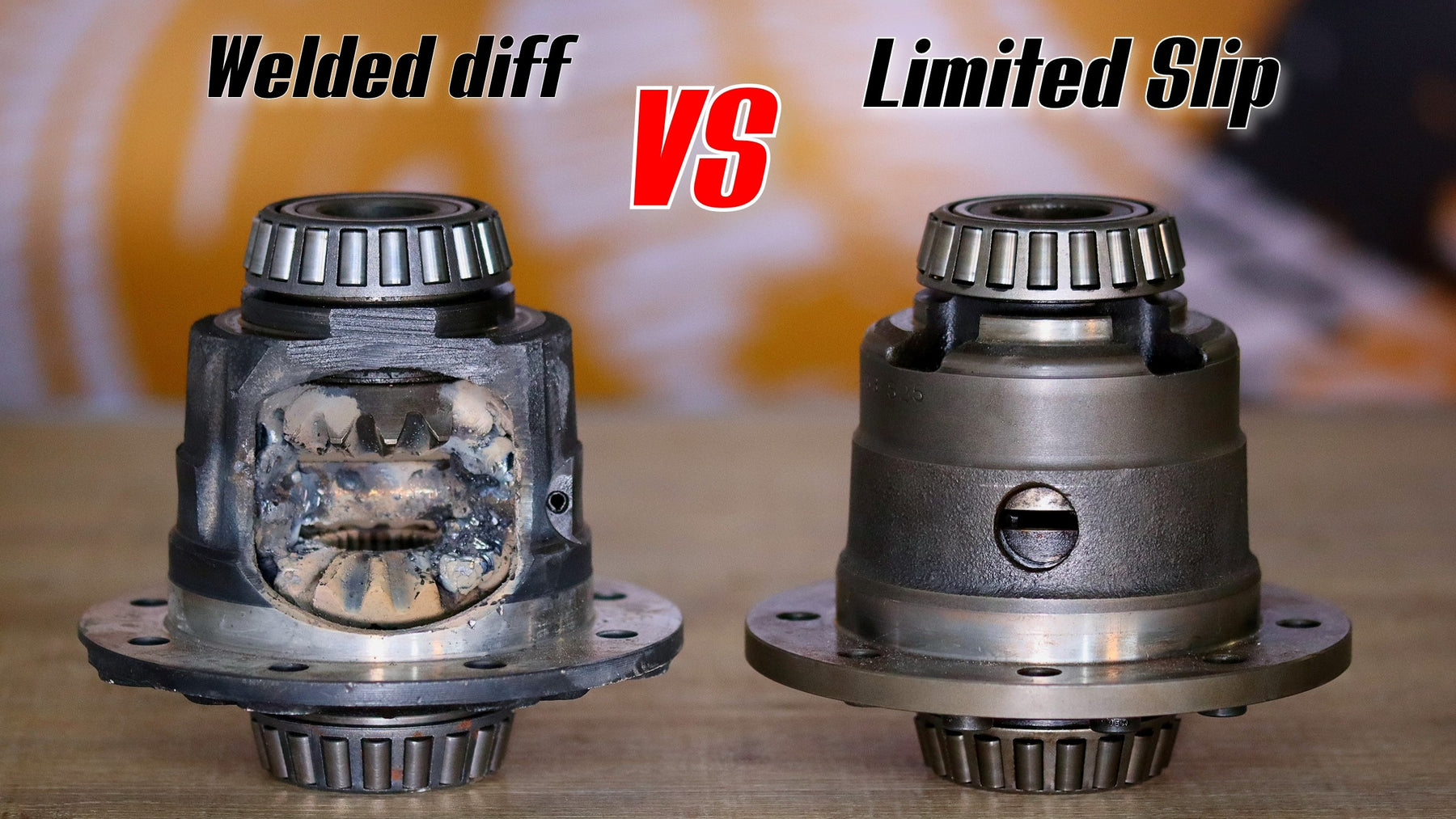Differential Cost: Meaning and Characteristics Cost Accounting

Variable costs fluctuate directly with the level of production or business activity. These costs increase as production ramps up and decrease when production slows down. Examples include raw materials, direct labor, and utilities directly tied to manufacturing processes. For instance, a company producing widgets will incur higher costs for materials and labor as it produces more widgets. Understanding variable costs is crucial for businesses because they directly impact the marginal cost of production.
Differential Cost Analysis: Components, Calculations, and Applications
You compare what each option will cost you extra over the other. This method helps figure out which product gives you more value for your money. Understanding fixed costs is essential for any accounting topic no 458 educator expense deduction professional. They form an integral part of direct costs and indirect overheads in financial statements. Businesses must cover these ongoing expenses to keep their operations running smoothly.
Usage of Differential Cost Analysis
- A change in course of action is recommended only if differential revenues exceed differential costs.
- With real-life examples and clear explanations on types and analysis methods, we’ll guide you through using this powerful tool for sharper decision-making.
- They receive a special order for producing Mugs of 1000 units at a rate of ₹ 5/- per unit.
- For making a choice among the various alternatives, the alternative which gives the maximum difference between the incremental revenue and incremental cost is recommended to be adopted.
For example, a factory’s lease payment remains the same whether it produces 1,000 units or 10,000 units. Fixed costs are significant in differential cost analysis because they can influence the overall cost structure of a business. While they do not vary with production levels, understanding their impact is essential for long-term financial planning and assessing the feasibility of different business decisions.
Differential Cost: Meaning and Characteristics Cost Accounting
Ifyou bought a second car for commuting, certain costs such asinsurance and an auto license that are fixed costs of owning a carwould be differential costs for this particular decision. Differential costs are the increase or decrease in total costs that result from producing additional or fewer units or from the adoption of an alternative course of action. The primary purpose of conducting a differential analysis is decision-making.
Solved Example of Differential Costing
By analyzing these costs, companies can determine the most cost-effective production levels and identify opportunities for cost savings through efficiency improvements or bulk purchasing. Understanding the distinction between differential cost and incremental cost is fundamental for effective financial decision-making. While both concepts involve analyzing changes in costs, they are applied in different contexts and serve unique purposes. Differential cost refers to the difference in total costs between two alternatives, encompassing all relevant costs that change as a result of the decision. This broader perspective is useful for evaluating complex decisions where multiple cost factors are at play, such as choosing between different production methods or entering new markets. Mixed costs, also known as semi-variable or semi-fixed costs, contain both variable and fixed components.
From manufacturing industries choosing between material suppliers to service-oriented enterprises weighing new software investments, differential cost sits at the core of their strategic decision-making processes. It differs from the marginal cost because marginal cost includes labor, direct expenses, and variable overheads, whereas differential cost includes both fixed and variable costs. Suppose the decision is whether to drive your carto work every day for a year versus taking the bus for a year.

These include direct materials and labor required to make each unit. This is key in differential cost analysis for decision-making. Differential cost is the change in cost which may result from the adoption of an alternate course of action or change in the level of activity. In many situations, total variable costs differbetween alternatives while total fixed costs do not. For example,suppose you are deciding between taking the bus to work or drivingyour car on a particular day.
Determination of the most profitable level of production and price. Differential costing involves the study of difference in costs between two alternatives and hence it is the study of these differences, and not the absolute items of cost, which is important. Moreover, elements of cost which remain the same or identical for the alternatives are not taken into consideration.
Companies look at different costs for making smart decisions. Differential cost is the change in the costs which may take place due to increase or decrease in output, change in sales volume, alternate method of production, make or buy decisions, change in product mix etc. So, differential cost is the result of an alternative course of action. We now have to look at the differential cost between the two choices.
In other situations,costs do not differ between alternatives. Accordingly, managementshould select the alternative that results in the largest revenue.Many times both future costs and revenues differ betweenalternatives. In these situations, the management should select thealternative that results in the greatest positive differencebetween future revenues and expenses (costs). The incremental revenue of Rs. 10,000 is much more than the differential cost of Rs. 3,000, it will increase the profit by Rs. 7,000.
Think of it as the financial impact of choosing between two paths. For certain decisions, revenues do not differbetween alternatives. Under those circumstances, management shouldselect the alternative with the least cost.





